



| The three Naifanchi kata where created by Itosu, basing
on an old Chinese form. According to Tokitsu, the original
form is lost, but it is reported that it was
very different from the Itosu kata.
Itosu was a very strong
man, and these kata express power and strong stance,
containing very few displacements. In these kata we see the evolution of Itosu karate; the kata movements are used to strength the body and are modified to this aim. As a consequence, recovering the real combat meaning of the kata techniques become difficult; kata execution and the bunkai become two very different things. In the Itosu method the main training consists of repeating the same kata a lot of times, Itosu rule was "three years a kata", and Funakoshi, as an Itosu pupil, trained this kata every day, for years. Gichin Funakoshi changed the name of these kata to "Tekki", Yoshitaka lowered the positions, something has also changed in movements. |
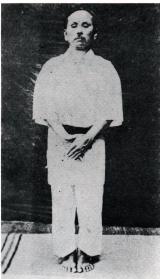
|
I tre kata Naifanchi sono stati creati da Itosu, modificando una
vecchia forma cinese. Secondo Tokitsu, la forma originale si è persa,
ma si dice fosse molto diversa dai kata di Itosu. Itosu era una
persona molto forte, ed i Naifanchi esprimono proprio questo, forza
e stabilità , con pochissimi spostamenti.
Questi kata mostrano chiaramente l'evoluzione del karate di Itosu, i kata sono utilizzati come esercizio per rafforzare il corpo ed i movimenti sono cambiati in funzione di questo; il risultato è che il movimento, come eseguito nel kata, non è più applicabile al combattimento reale; il kata e la sua applicazione divengono due cose diverse. L'allenamento di Itosu consisteva principalmente nella ripetizione dei kata, la regola era: "un kata in tre anni". Funakoshi, come allievo di Itosu, praticò il Naifanchi Shodan ogni giorno, per anni. Gichin Funakoshi cambio' il nome dei Naifanchi in "Tekki", suo figlio Yoshitaka abbasso' le posizioni, c'e' anche qualche cambiamento nei movimenti. |
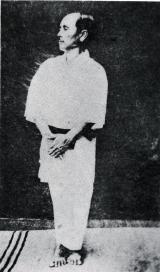
| 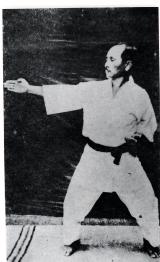
| 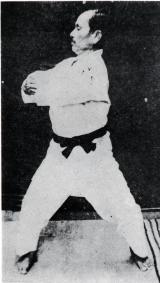
|
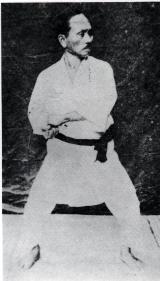
| 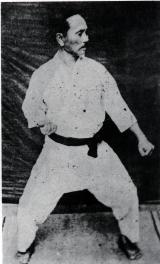
| 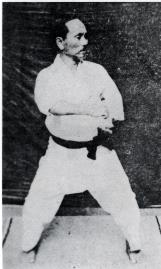
|
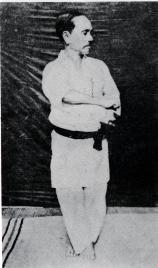
| 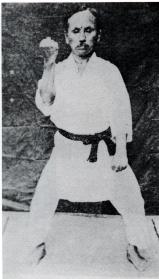
| 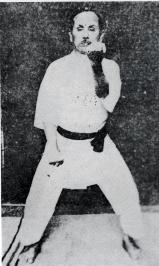
|
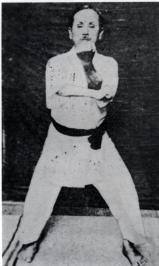
| ||
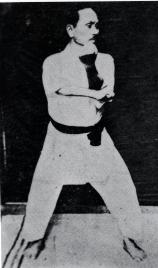
| 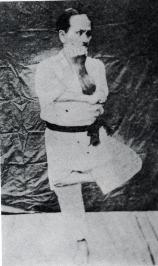
| 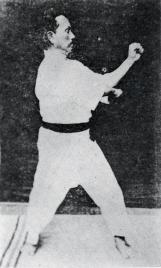
|
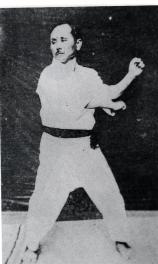
| 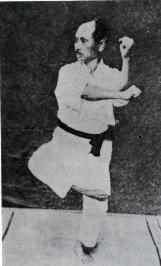
| 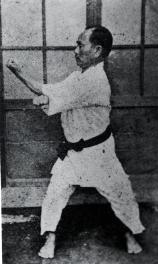
|
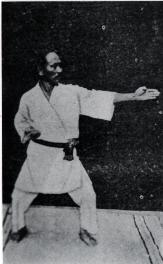
| 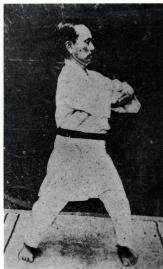
| 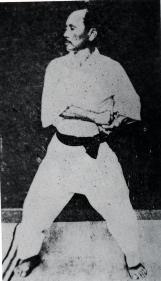
|
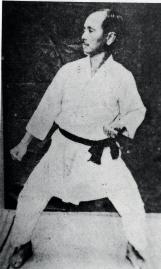
| 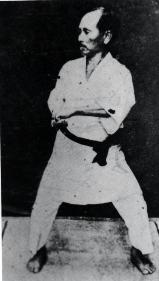
| 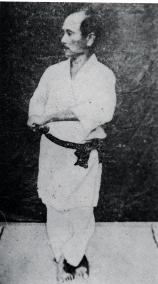
|
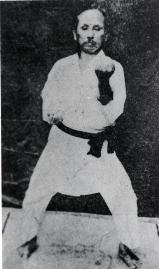
| 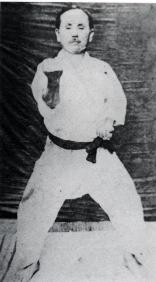
| 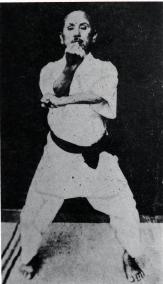
|
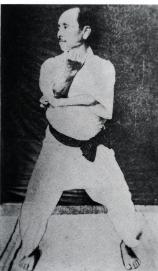
| 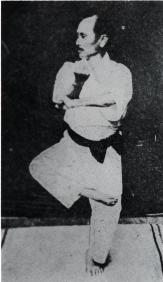
| 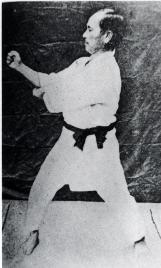
|
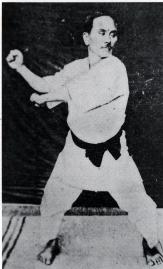
| 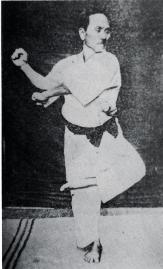
| 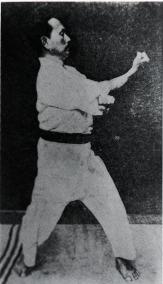
|
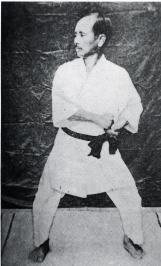
| 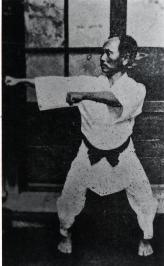
| 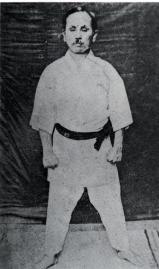
|